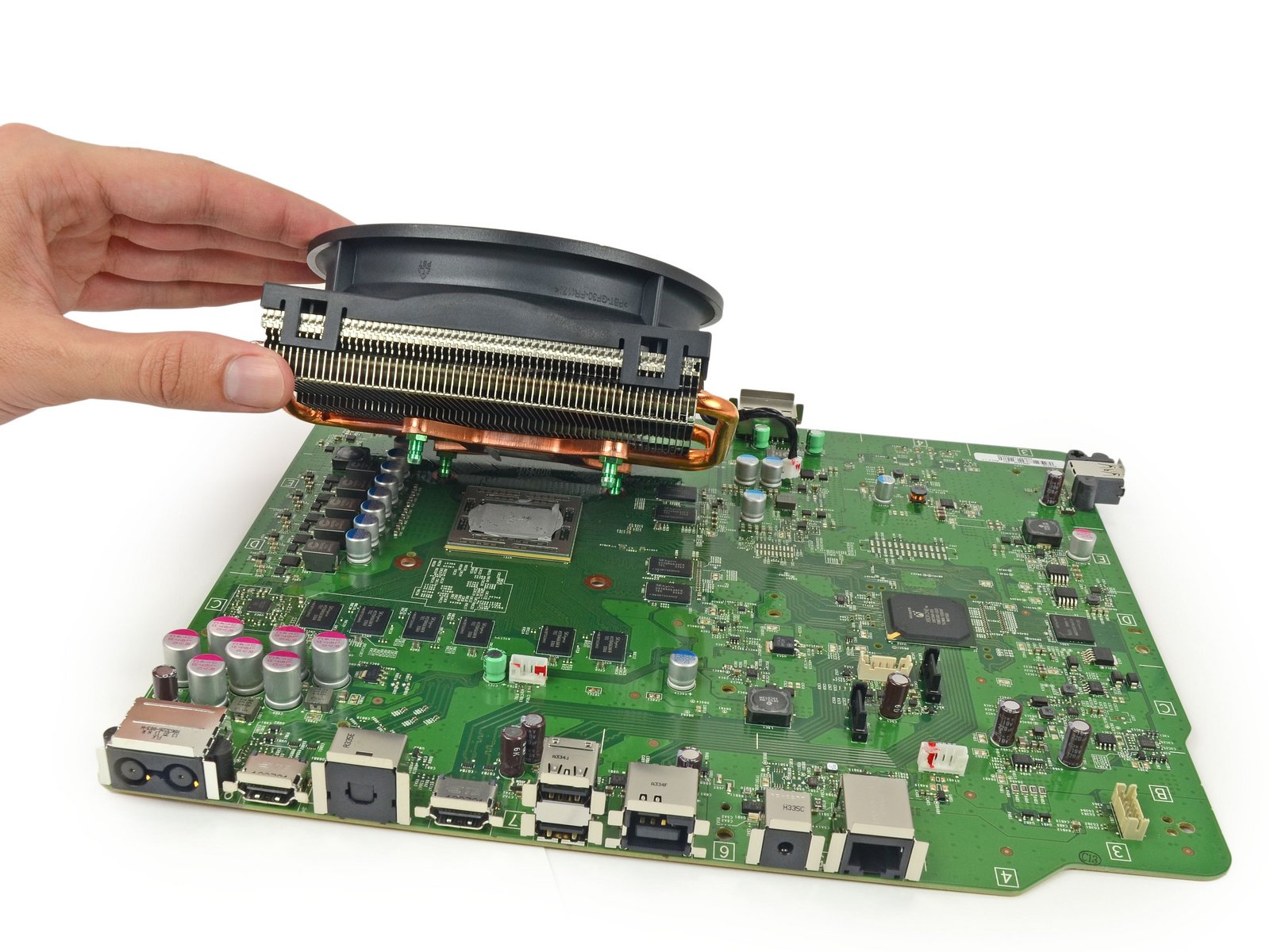- Nov 14, 2011
- 10,519
- 6,032
- 136
Paraphrased a bit for the thread title, because it was long enough as it is  Full quote:
Full quote:
Taken from http://www.tomshardware.co.uk/johan-andersson-battlefield-4-interview,review-32839.html
Johan: [...] We want to enable, and I mentioned a bit about it last week during my talk last week about Mantle, was enabling the GPU to execute in a little bit more of a heterogeneous fashion of being able to run multiple compute shaders in parallel with your graphics work and ideally having more collaboration between the CPU and GPU. We can do things like that on the console because they're integrated machines, so the CPU and GPU are on the same die. On the PC you are seeing it more and more with the APUs and Intel's Ultrabooks that also have integrated graphics.
I want to see more of this type of collaboration between CPU and GPU to drive many more advanced rendering techniques. For example once we've rendered the Z-buffer for a scene then we know the depth of every single pixel that we have in that our frustum and based on that information we can actually do things like shadow maps that are adapted specifically only to cover the area that they actually need to. Typically you dont really have that knowledge and on the CPU you prepare that data that the GPU will render a few frames later, so you have to brute force a lot of things. You have to send out a lot of work and you can't really be reactive. With many of the things that we can do with Mantle and I think going forward also with closer CPU and GPU interaction in general we can do a lot more clever techniques and less brute force type of techniques as well. That's a pretty frequent topic the when we talk with architects.
Taken from http://www.tomshardware.co.uk/johan-andersson-battlefield-4-interview,review-32839.html




